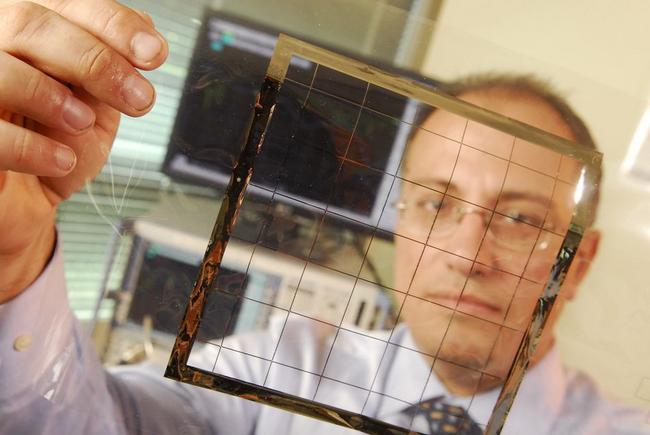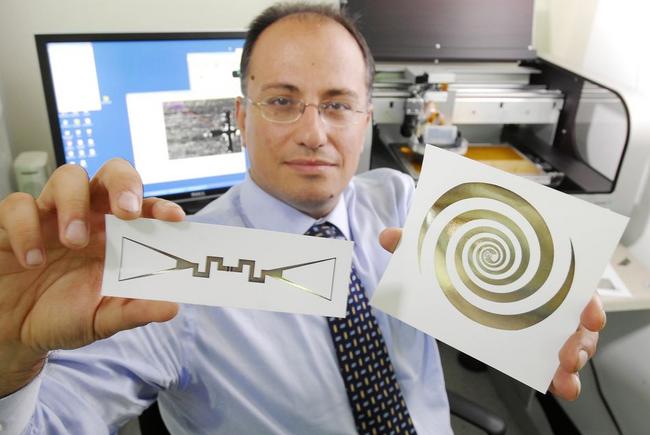Wouldn’t it be incredible if we could tap the electromagnetic energy from our surrounding sources like radio & TV transmitters, satellite communication systems, and even cellphone networks, and provide power to small electronic devices? Well, all this is feasible courtesy a new technology that harnesses energy from the ambient environment. This discovery is supported by a number of sponsors like Japan’s New Energy and Industrial Technology Development Organization (NEDO), National Science Foundation (NSF), and Federal Highway Administration (FHA).

So far nobody has been able to successfully tap the immense electromagnetic energy that surrounds us. The researchers at the Georgia Tech School of Electrical and Computer Engineering are using an ultra wide-band antenna to exploit a variety of signals of different frequencies for power gathering. Also, they are utilizing inkjet printers for combining antennas, sensors, and energy-scavenging capabilities on paper, and many flexible polymers. The result of which is a ’self-powered wireless sensor’ that can be used for chemical, thermal, biological, and stress sensing for both defense and commercial use.The communication devices around us transmit a lot of energy in different frequency ranges, and the scavenging devices are able to capture this energy and convert it into DC from AC. This energy is ultimately stored in capacitors and batteries.
These devices are founded on paper based circuits and can tap frequencies from FM radios to radars, within a range of 100 MHz to 15 GHz. Hundreds of microwatts of power has already been generated using the TV bands, which is sufficient to operate small electronic devices like sensors and microprocessors. The Georgia Team further wants to combine super-capacitors and cycled operation with the scavenging technology to power devices that require 50 milliwatts of power. The system is potent of exploiting other frequencies in a scenario where one frequency fades out.

This technology can be used along with other technologies; for example, it could assist a solar element to charge battery during the day and during night – when sunlight is not available scavenged energy would charge the battery. The work on this started in the year 2006 when it supported a frequency of 100 to 200 MHz, but as on today this technology has evolved a lot. This wireless paper based sensor will be widely available soon at an affordable price. This technology could be used at various locations like airports where plethora of energy will be available from communication sources and radars.
 Follow
Follow